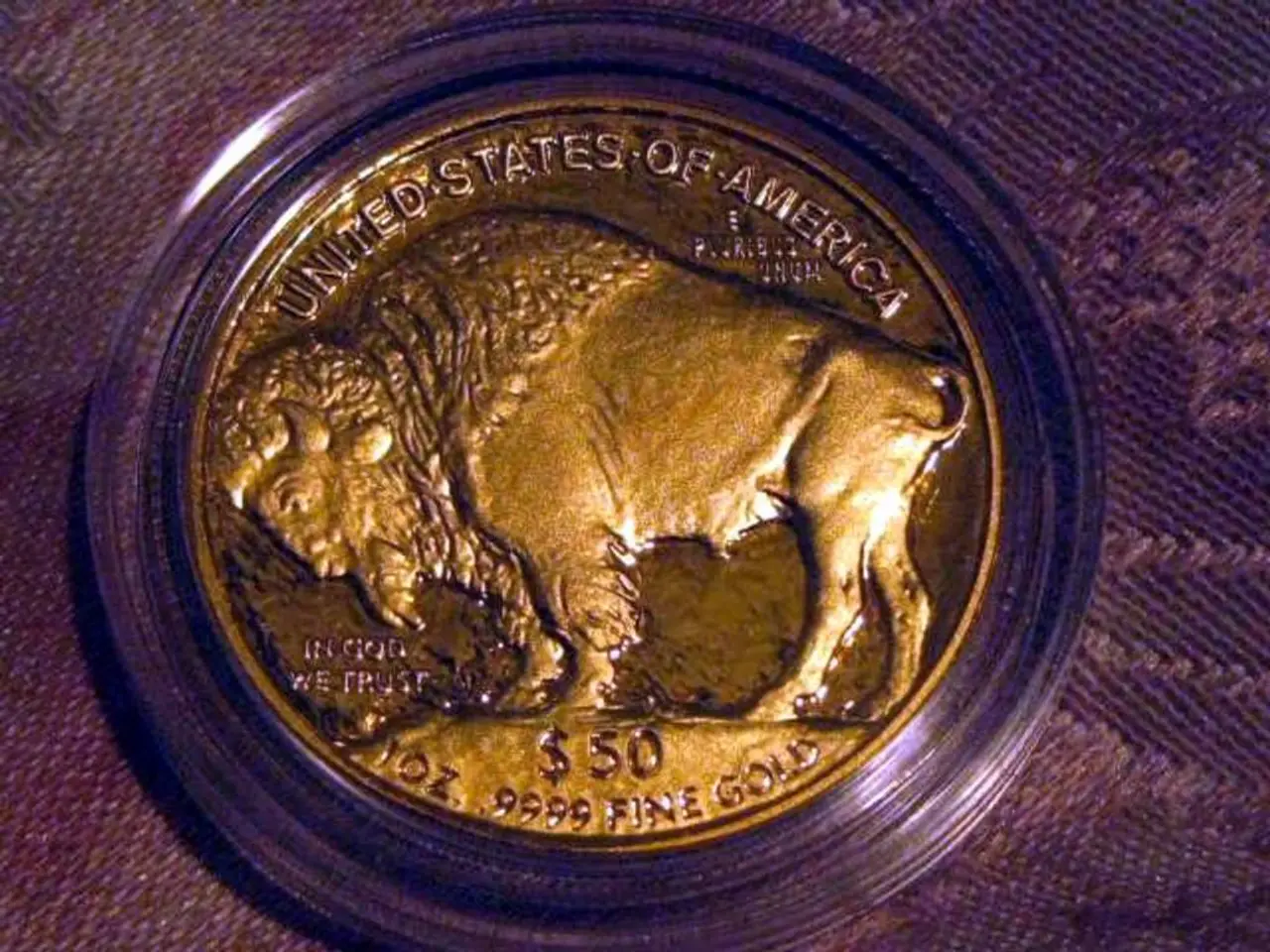U.S. tariffs displease Canadian government
In a move that has escalated the ongoing trade dispute between Canada and the United States, President Donald Trump has increased tariffs on Canadian imports from 25% to 35%. This decision, announced on August 7, 2025, affects goods not covered under the US-Mexico-Canada Agreement (USMCA).
The White House justifies this hike, citing Canada's perceived inaction on public health issues related to fentanyl and illicit drug flows across the border, as well as what the U.S. perceives as unfairly high tariffs on American farmers. Some of these tariffs exceed 200%.
In response to this escalation, the Canadian government has not yet announced any specific measures. However, the focus on protecting Canadian jobs and industrial competitiveness remains unchanged. Sectors such as wood, steel, aluminum, and the automotive industry, which are not included in the trilateral free trade agreement with Mexico and the United States, are particularly at risk.
The Canadian government aims to preserve these sectors and continues to advocate for the purchase of Canadian products and diversification into new export markets. The Prime Minister has been vocal in his advocacy, urging the need to counteract the financial strain these tariffs add to bilateral trade relations.
This tariff increase is part of a broader Trump administration tariff strategy that targets various countries globally with new or increased duties. It reflects heightened industry protectionism and the use of tariffs as leverage in addressing political and economic issues beyond straightforward trade imbalances.
It's important to note that this is not the first time the U.S. President has employed pressure tactics against Canada. Since taking office, he has suggested that Canada should become the 51st U.S. state, and previously noted that Canada's announcement of recognizing the State of Palestine would complicate the trade agreement with Ottawa.
As these trade tensions continue, both countries face the challenge of navigating this complex situation while preserving their economic interests and maintaining a strong bilateral relationship.
[1] "U.S. raises tariffs on Canadian goods not covered by USMCA." CBC News, 7 Aug. 2025. [2] "Trump's tariff hike on Canadian goods: What you need to know." Global News, 7 Aug. 2025. [3] "U.S.-Canada trade tensions: A breakdown of the issues." The Globe and Mail, 8 Aug. 2025.
- The escalating trade dispute between Canada and the United States, driven by tariff increases, has additionally become linked to the U.S.'s concerns about public health issues, perceived tariff unfairness, and politics, as reported in general news articles.
- In the wake of President Trump's tariff hike on Canadian goods, the Canadian government is advocating for its domestic industries, particularly sectors such as wood, steel, aluminum, and automotive, which are not covered by the USMCA and are considered at risk.
- The increase in tariffs on Canadian goods is part of a larger tariff strategy employed by the Trump administration, reflecting an industry protectionist approach and the use of tariffs to address political and economic issues beyond straightforward trade imbalances, according to industry and policy analyses.
- As tariff tensions persist between the United States and Canada, both countries must navigate this complex situation while preserving their economic interests and maintaining a strong bilateral relationship, as highlighted in policy-and-legislation and war-and-conflicts discussions.




